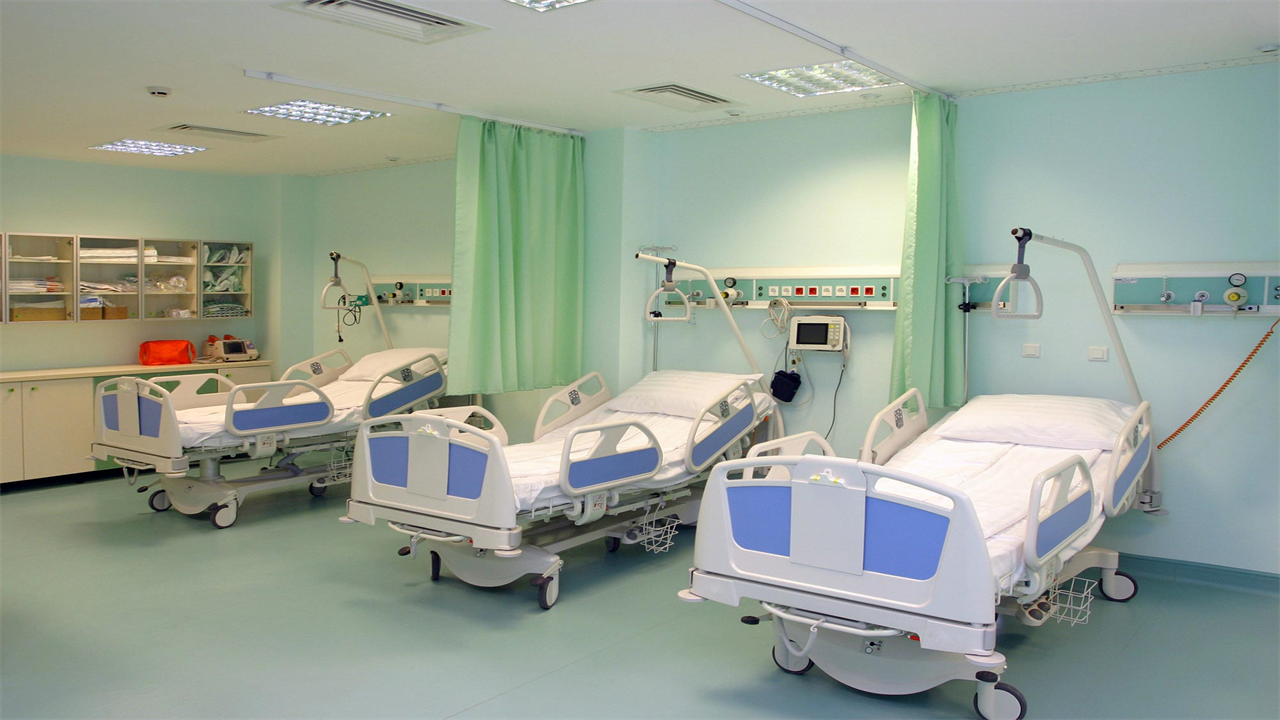More Than 1 in 10 COVID-19 Patients Were Infected After Hospital Admission in First Pandemic Wave
0 View
Share this Video
- Publish Date:
- 19 September, 2021
- Category:
- Covid
- Video License
- Standard License
- Imported From:
- Youtube
Tags

More than one in 10 COVID-19 patients in 314 UK hospitals was infected after admission. Credit: Lancaster University
More than one in ten COVID-19 patients in 314 UK hospitals contracted the infection in a hospital during the first wave of pandemic, say researchers conducting the world’s largest study of severe COVID-19.
The research into hospital-acquired infections (HAIs) was led by Dr. Jonathan Read of Lancaster University with colleagues from other UK universities, including the universities of Liverpool, Edinburgh, Birmingham and Imperial College London, and was recently published in The Lancet.
The researchers examined records of COVID-19 patients in UK hospitals participating in the International Severe Acute Respiratory and emerging Infections Consortium (ISARIC) Clinical Characterization Protocol UK (CCP-UK) study who became ill before August 1, 2020.
They found that at least 11.1% of COVID-19 patients in 314 UK hospitals were infected after admission. The share of infected COVID-19 patients in hospital also rose to between 16% and 20% in mid-May 2020, long after the peak of admissions in the first wave.
The researchers said: “We estimate that between 5,699 and 11,862 patients admitted in the first wave became infected during their hospital stay. Unfortunately, this is probably an underestimate, as we did not include patients who may have been infected but are discharged before they could be diagnosed.”
dr. Jonathan Read, lead author at Lancaster University, said: “Controlling viruses such as SARS-CoV-2 (the virus that causes COVID-19) has been difficult in the past, so the situation could have been much worse. However, infection control must remain a priority in hospitals and healthcare facilities.”
dr. Chris Green, University of Birmingham, said: “There are likely a number of reasons why many patients in these healthcare settings became infected. These include the high number of patients admitted to hospitals with limited facilities for isolating cases, limited access to rapid and reliable diagnostic tests in the early stages of the outbreak, the challenges surrounding access to and best use of personal protective equipment, our understanding of when patients are most contagious in their disease, some misclassification of cases due to presentation with atypical symptoms, and an underestimation of the role of airborne transmission.”
There were clear differences in the number of infected patients in hospital, depending on the type of care. Hospitals providing acute and general care had a lower rate of nosocomial infections (9.7%) than residential community care hospitals (61.9%) and psychiatric hospitals (67.5%), reflecting the outbreaks observed in care homes .
Professor Calum Semple, University of Liverpool, said: “The reasons for the variation between institutions providing the same type of care require urgent research to identify and promote best infection control practices. Research has now been done on what went well and which lessons need to be learned to improve patient safety.”
dr. Anne Marie Docherty, University of Edinburgh, said: “The underlying reasons for these high transmission rates in hospitals at the height of the first wave need to be explored so that we can improve safety and outcomes for our patients. The rates are significant a year later.” lower and people should not be discouraged from going to the hospital if they are not feeling well.”
Reference: “Hospital-acquired SARS-CoV-2 infection in UK’s first COVID-19 pandemic wave” by Jonathan M Read, Chris A Green, Ewen M Harrison, Annemarie B Docherty, Sebastian Funk, Janet Harrison, Michelle Girvan, Hayley E Hardwick, Lance Turtle, Jake Dunning, Jonathan S Nguyen-Van-Tam, Peter JM Openshaw, J Kenneth Baillie, Malcolm G Semple and the ISARIC4C investigators, Aug. 12, 2021, The Lancet.
DOI: 10.1016/S0140-6736(21) 01786-4










